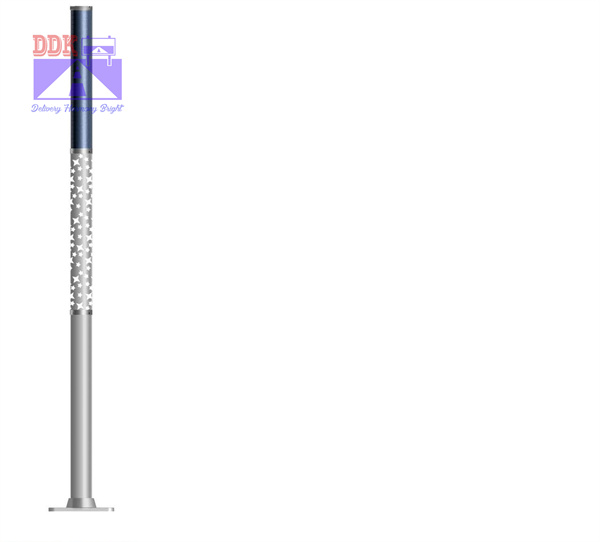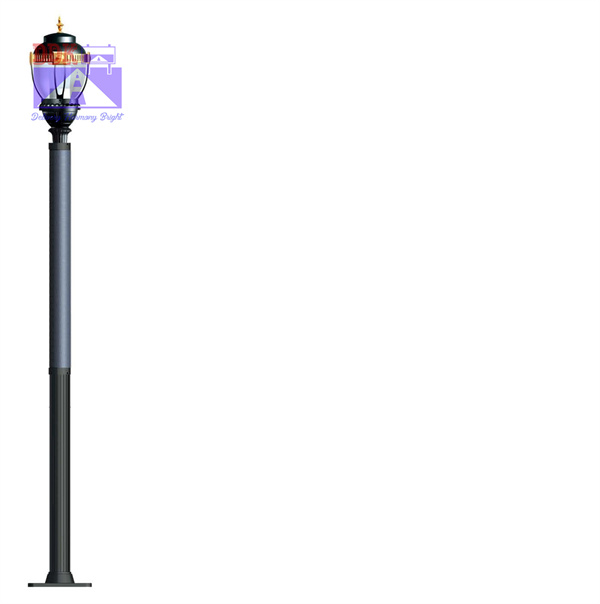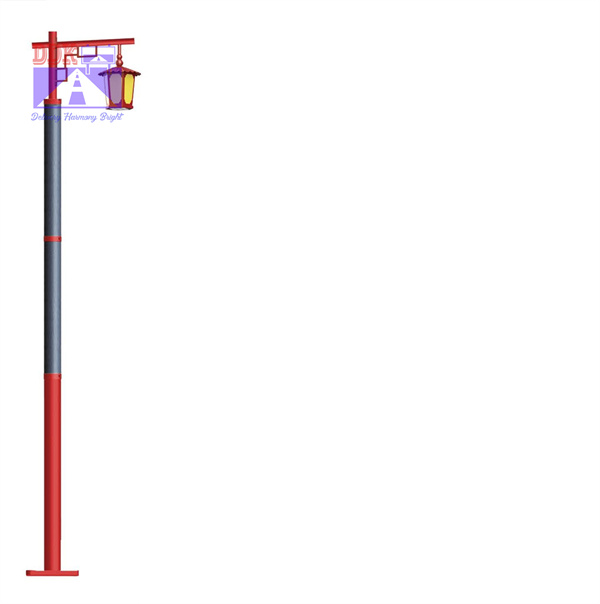NEWS
Silicon photocells are semiconductor devices that convert light energy directly into electricity. Its structure is simple, the core part is a large area of PN junction (FIG. 9). You can do a simple experiment, put a transparent glass shell point contact type diode and a microammeter connected into a closed circuit, when the diode core (PN junction) under the light, you will see the microammeter needle deflection, showing that there is current in the circuit, this phenomenon is called the photovolt effect.
The PN junction area of a silicon photocell is much larger than that of a diode, so the electromotive force and current generated when exposed to light are much larger. For example, under the incident light intensity of 100mW/cm2, the open-circuit voltage (measured by a DC millivolt meter with high internal resistance) of domestic 2CR silicon photocell is 450 ~ 600mV, the short-circuit current is 16 ~ 30mA, and the conversion efficiency is 6% ~ 12%.




